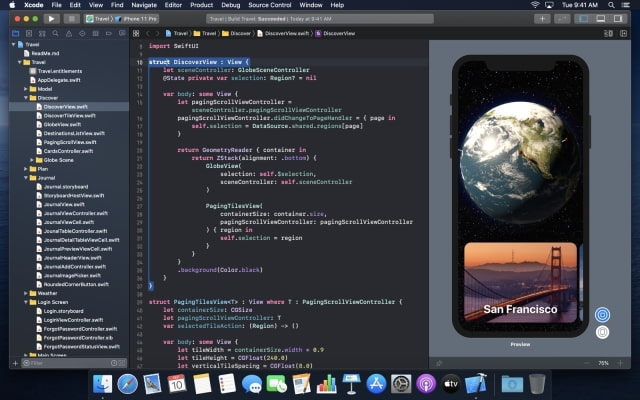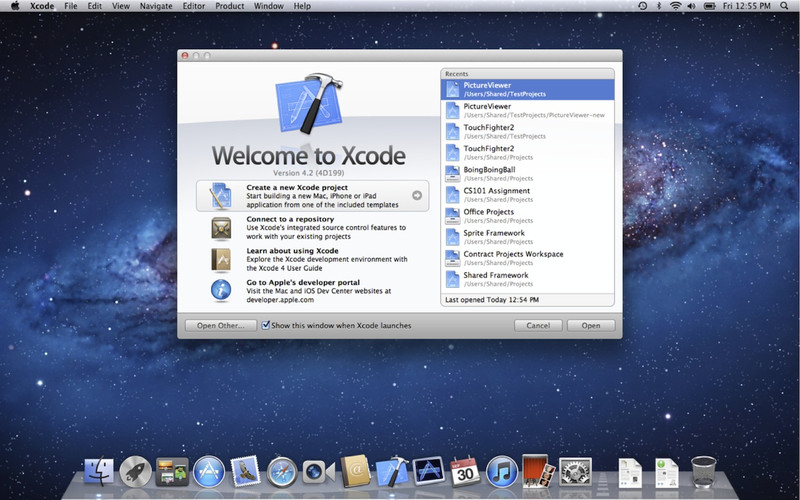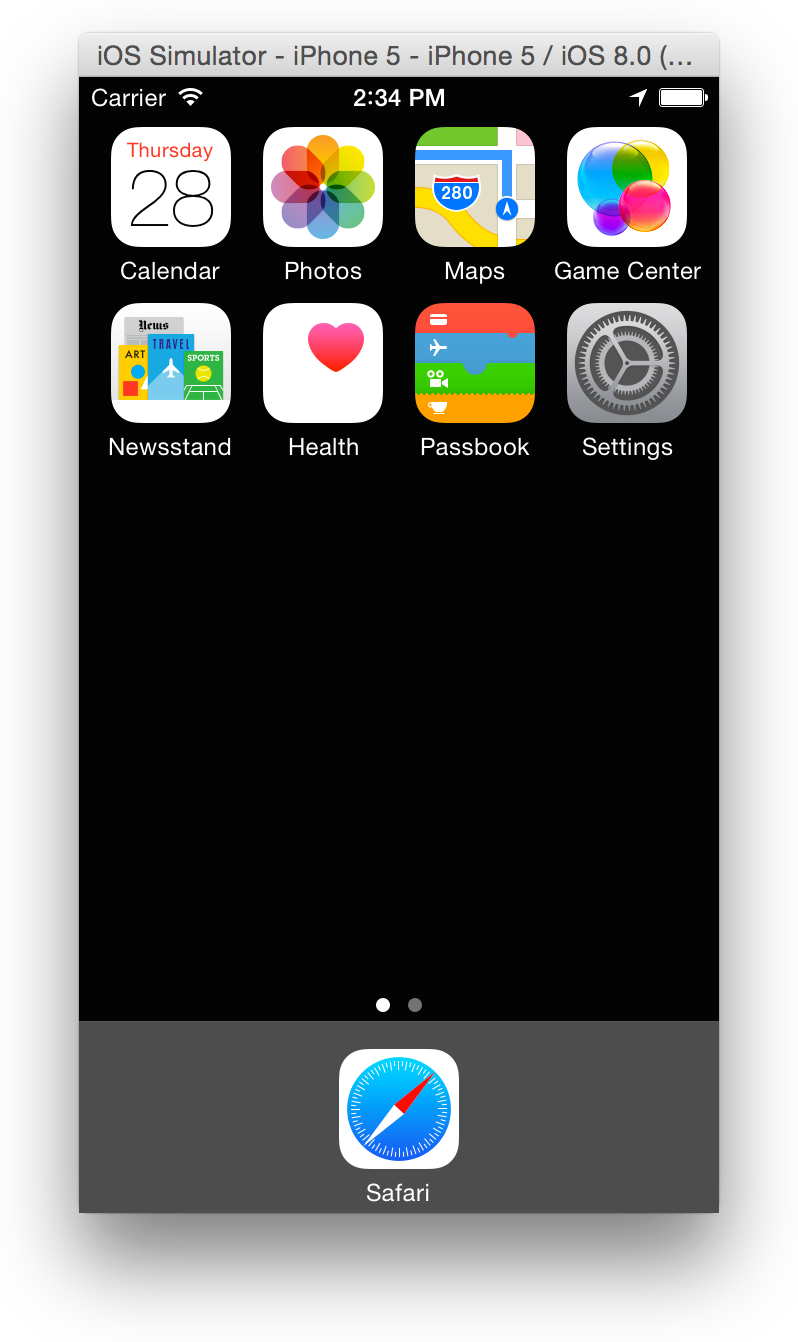

In an Apple developer conference earlier this year, Apple announced that it was going to stop building Macs with Intel-based CPUs. You'll soon be able to run iPhone apps on some Mac models iOS apps are designed using a fundamentally different architecture than Mac software, which means they're incompatible – Mac programs can't run on iPhones, and iPhone apps can't run on Macs. Eventually, spotlight should learn and make the alias the top choice so you can skip this step.Your Mac isn't generally able to run apps from your iPhone.

Create emulator of mac os x to xcode apple app simulator#
If necessary, use the down arrow to scroll to the Simulator alias.Type "simulator" or "ios" (if you renamed the alias).Since that has changed from version to version of XCode, this way should work regardless of these changes. Note: There are other ways to get to the location of the Simulator app (steps 1-4), such as using Go to Folder… in the Finder, but those require knowing the location of the Simulator to begin with. Whatever you name it is what it will show up as in Spotlight. If desired, rename the alias from "Simulator" to "iOS Simulator".While holding down Command and Option, drag the Simulator icon to the applications directory.

In the dock, control (or right) click on the Simulator icon.From the XCode menu, select Open Developer Tool > Simulator.Initial setup does require launching XCode, but after that, you won't need to just to get to the Simulator. I've tested it on OS X 10.11 and XCode 7.3. Here's the solution that works well for me, and should work with any OS X and XCode versions. Not all of them address what is my number one issue, and what seems to be the asker's priority, as well: The ability to launch from Spotlight. Click the icon in the upper left corner and do Cmd-V to pasteĪs the multitude of answers indicate, there are lots of different ways to address this issue.Right click your Automator app and choose Get Info.Click the icon in the upper left corner and do Cmd-C to copy it.Right click iOS Simulator.app and choose Get Info.To get a nice icon for the Automator app you just made, you can do the following: Finally, save this Automator app in your applications folder as iOS Simulator.app./Applications/Xcode.app/Contents/Developer/Applications/Simulator.app./Applications/Xcode.app/Contents/Developer/Platforms/atform/Developer/Applications/iOS Simulator.app./Applications/Xcode.app/Contents/Developer/iOS Simulator.app.It will be at one of the following paths depending on your version of Xcode (oldest to newest): So instead you'll have to navigate to it in a separate Finder window and drag it onto the file selector window. You can't directly select the Simulator app because it's inside the Xcode.app package.Open the dropdown of applications that can be launched and choose Other.Select Actions > Library > Utilities > Launch Application.You can get it to launch via spotlight if you create an Automator launcher for it: Which would mean you could start the iPhone Simulator from the command line with one easy-to-remember word: $ simulator (Xcode 7+): $ alias simulator='open /Applications/Xcode.app/Contents/Developer/Applications/Simulator.app' (Xcode 6+): $ alias simulator='open /Applications/Xcode.app/Contents/Developer/Applications/iOS\ Simulator.app' (Xcode 6+): $ ln -s /Applications/Xcode.app/Contents/Developer/Applications/iOS Simulator.app ~/DesktopĪs pointed out by you could also add an alias to your ~/.bash_profile: $ alias simulator='open /Applications/Xcode.app/Contents/Developer/Platforms/atform/Developer/Applications/iPhone\ Simulator.app' You could create a symbolic-link from your Desktop to make this easier: $ ln -s /Applications/Xcode.app/Contents/Developer/Platforms/atform/Developer/Applications/iPhone\ Simulator.app ~/Desktop (Xcode 6+): $ open /Applications/Xcode.app/Contents/Developer/Applications/iOS Simulator.app Assuming you have Xcode installed in /Applications, then you can do this from the command line to start the iPhone Simulator: $ open /Applications/Xcode.app/Contents/Developer/Platforms/atform/Developer/Applications/iPhone\ Simulator.app


 0 kommentar(er)
0 kommentar(er)
